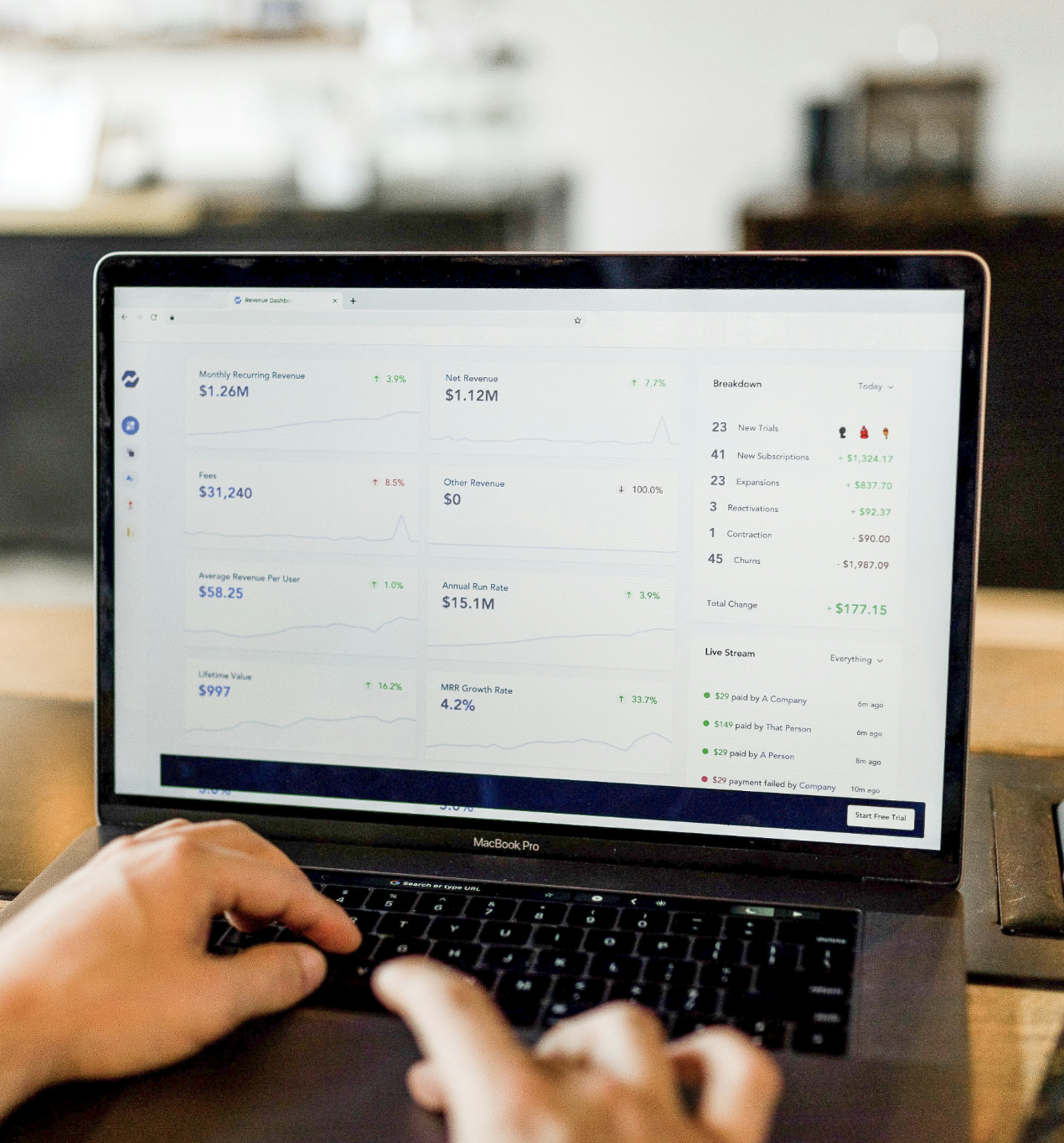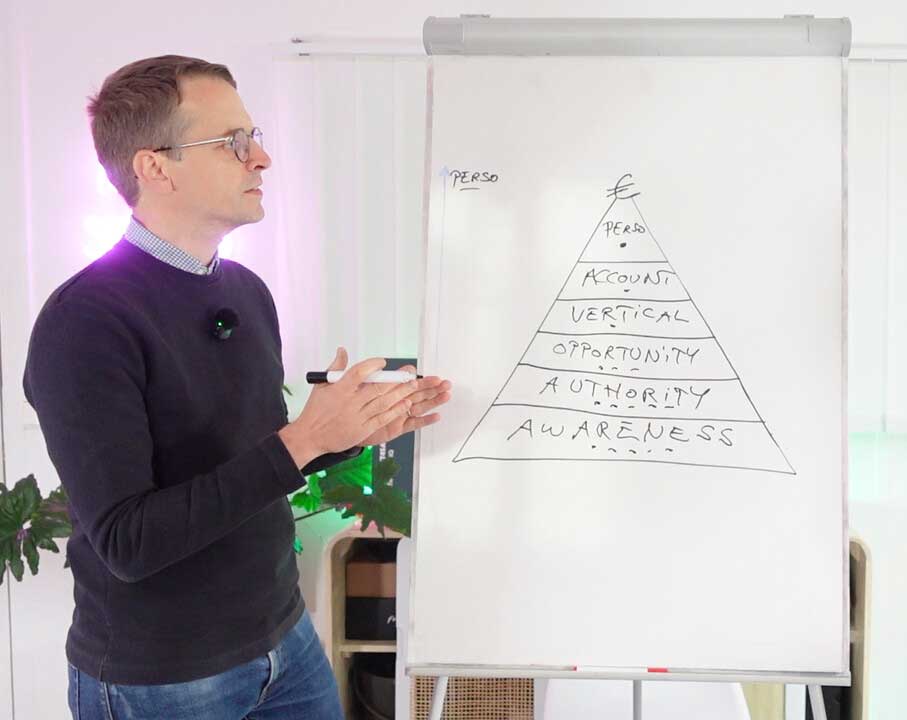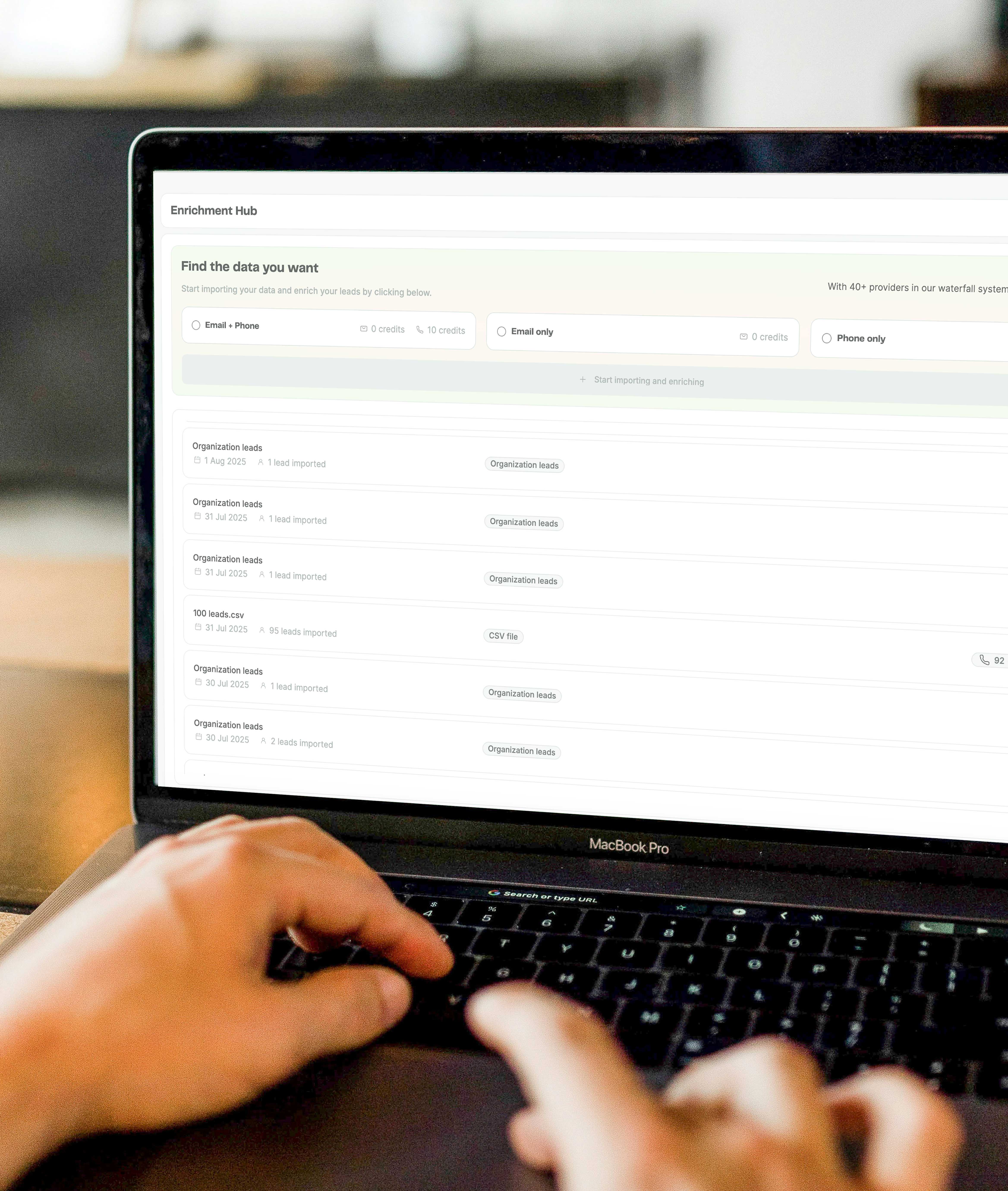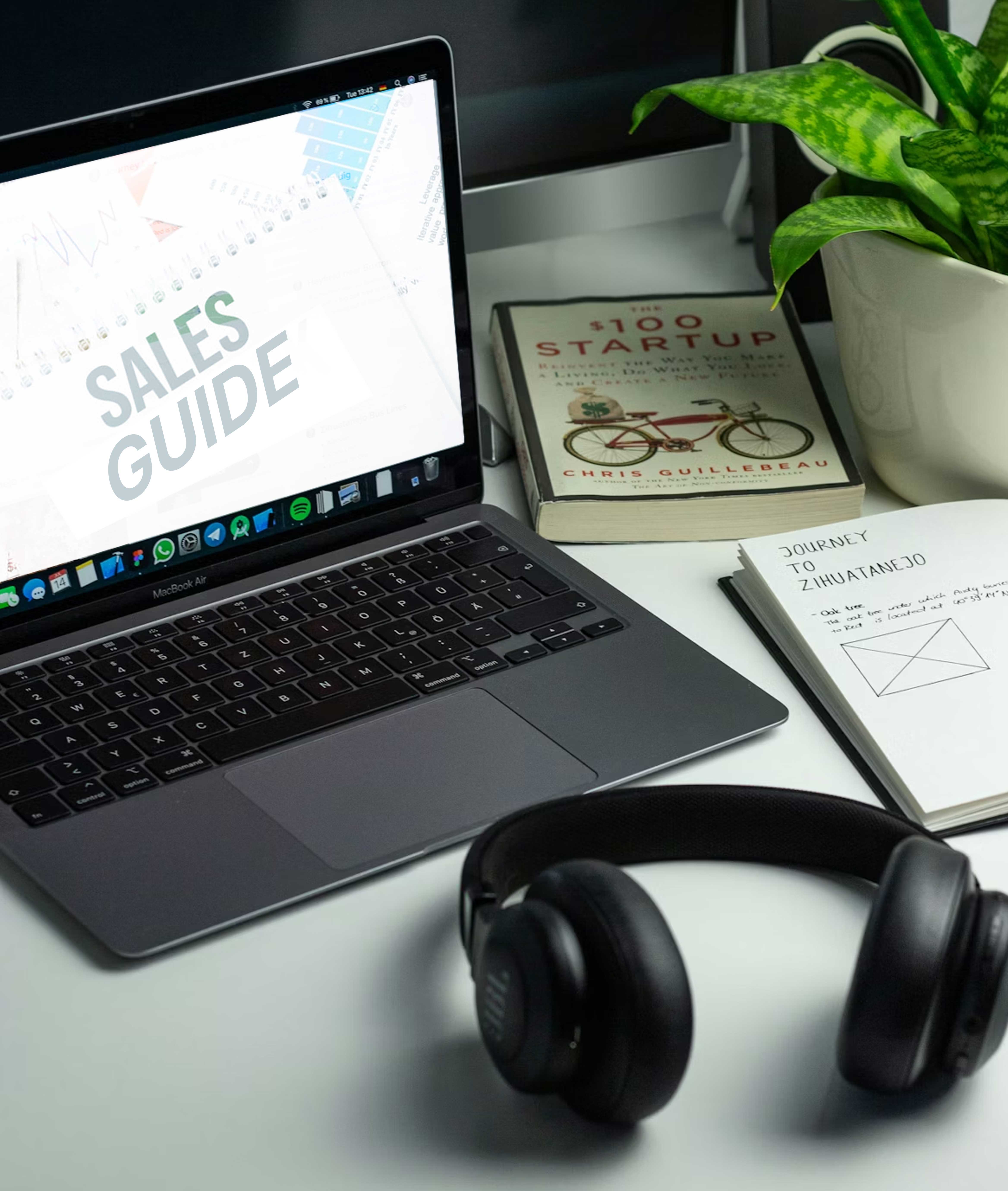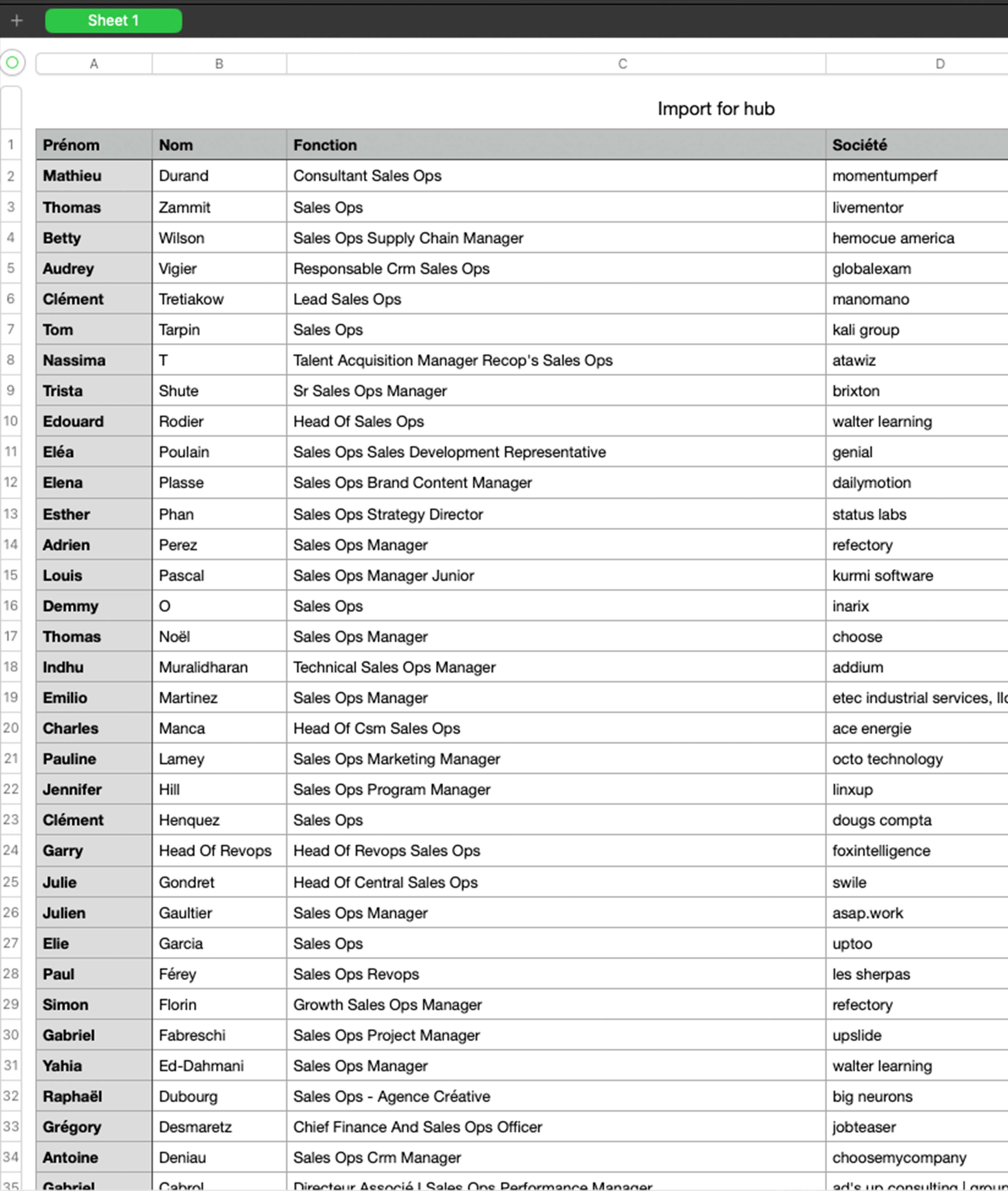Revenue should reflect effort. If it doesn’t, your sales efficiency is off.
Sales efficiency measures how much revenue your sales team generates for every dollar spent. When sales efforts feel heavy but results stay flat, this is the first metric to check.
Top-performing teams don’t guess. They track sales efficiency daily. They know their sales efficiency ratio and monitor every key KPI. They use the magic number to stay ahead. These numbers show what drives growth, and what slows it down.
To stay competitive, your sales process needs structure, speed, and visibility. With clear sales strategies and strong CRM systems, you make better use of data that help boost sales efficiency without adding complexity.
This guide breaks it down: from how to calculate sales efficiency, to understanding the sales efficiency metrics. You will learn how to monitor the latter and how to build a smarter sales force. Just actionable insights to help your sales team move faster and convert better.
What is Sales Efficiency?
Sales efficiency is a core metric for evaluating how efficiently your sales team turns cost into revenue. It gives you a clear view of whether your sales efforts are performing at the right rate for growth.
The formula is simple:
Sales Efficiency = New Revenue ÷ Sales & Marketing Costs
That number tells you if your current strategy is working—or just draining the budget.
But don’t confuse this with sales effectiveness.
- Sales efficiency measures output vs cost
- Sales effectiveness looks at activity quality: the calls, the follow-ups, and decision-making
If you know what to fix, You can scale fast with strong sales training and clear sales processes, and the right tools. Many teams waste months without realizing their CAC (Customer Acquisition Cost) is climbing and their customers are stalling.
To improve, start measuring each kpi consistently. Then Include conversion data and monitor churn. You track sales performance in real time.
%3Aformat(webp).webp)
Why sales efficiency is so Important
Sales efficiency is one of the few metrics that connects daily actions to long-term performance. It gives a clear signal on whether your sales team is using budget, time, and data effectively to generate actual revenue. In periods of high pressure, this insight matters more than ever.
Instead of chasing volume, efficient teams focus on leads with the right intent. They enter each meeting wxith purpose and they reduce waste across the sales process.
The payoff is measurable:
- Higher returns with fewer marketing expenses
- Faster conversion across each quarter
- Clearer decisions on what supports the next deal
In SaaS, investors pay attention to how fast you recover your spend. A short CAC(Customer Acquisition Cost) payback period and growing ARR (Annual Recurring Revenue), both suggest strong sales efficiency. These signals raise your credibility and your valuation.
For startups and mid-stage companies, this metric supports scale. It lowers risk and sharpens every resource you use to close.
It also improves day-to-day operations. Each rep knows where to focus. Each manager sees what’s working. Every task pushes the process forward.
If your goal is sustainable growth, then improving sales productivity becomes non-negotiable.
How to Calculate Sales Efficiency
You can’t improve what you don’t measure. To calculate sales efficiency, start with a simple formula:
Sales Efficiency = New Revenue ÷ Sales & Marketing Spend
It shows you how much revenue you earn for every dollar spent. If you’re generating $300,000 in new revenue from $100,000 in combined sales and marketing costs, your sales efficiency ratio is 3.0. That means for every dollar spent, you brought in three.
But context matters. That’s why most teams look at two variations:
- Gross sales efficiency: Based only on new revenue generated
- Net sales efficiency: Adjusts the figure by subtracting churned revenue, giving a more accurate picture of retention and growth
📌 Example: If you generated $300,000 but lost $50,000 to churn, your net number is $250,000. Divide that by $100,000 in costs, and your net sales efficiency ratio is 2.5.
Both versions matter. Gross sales efficiency shows acquisition strength. Net tells you if customers stay.
The right version depends on your business model and growth stage. Either way, this metric helps teams align spend, strategy, and results, down to the last dollar.
Beware of efficiency spikes caused by a single large deal – they may not be replicable. As well, if your churn is hidden in delayed renewals, your gross efficiency can look misleading.
What Is the Magic Number in Sales?
The magic number is one of the most watched KPIs in sales forecasting. It shows how efficiently your sales and marketing spend turns into new annual recurring revenue.
Here’s how to calculate it:
Magic Number = (New ARR in Quarter N) ÷ (Sales & Marketing Spend from Quarter N-1)
If your team added $400K in ARR this quarter and spent $200K last quarter, your magic number is 2.0. That means each dollar spent in the previous period generated two in new recurring revenue.
CFOs, VCs, and finance leaders watch it closely because it shows how scalable your revenue growth is.
- A magic number above 1.0 signals good efficiency
- Below 0.5? That’s a red flag
- Between 0.75–1.0 is common for growing businesses still finding balance
This number acts as an indicator. A pulse check for how well your sales engine is running. It’s about knowing when your buyer journey is converting and when your service model needs tuning.
Paired with your CAC payback period, it helps you ensure your growth rate doesn’t outpace cash flow. That’s critical when email volumes go up, deals get more complex, and more reps get hired.
There’s no one-size-fits-all rule, but one thing is clear: the best teams stay focused, watch this number closely, and adapt before the quarter is closed.
Key Sales Efficiency Metrics to Track
You can’t track sales efficiency without the right numbers.
Start with the core KPI: your sales efficiency ratio. It links spending to revenue, giving you one clear signal of output versus cost.
Then go deeper:
- Lead-to-opportunity conversion rate shows if your ICP targeting is landing
- Win rate reveals whether your messaging and activities are aligned
- Average deal size highlights the value each response brings
- Pipeline velocity tracks how fast deals move through each step
%3Aformat(webp).webp)
- Sales cycle length uncovers delays that slow down closing
Don’t forget the CAC payback period: a number most market leaders optimize to increase cash efficiency.
These metrics also support better sales rep performance. They show where training works and where automation helps. They also give you insight on what to repeat, pause , or scale and where your sales cycle needs fixing.
%3Aformat(webp).webp)
What Affects Sales Efficiency?
Sales efficiency is never static. It moves with your process. If performance drops, it’s rarely just one issue. It’s a chain of internal and external friction.
Start with the inside. When your sales process lacks structure, output gets messy. Poor onboarding or weak sales training slows down new hires. Misaligned handoffs delay deals. Without clear expectations, your sales force loses focus.
Tools matter, too. If your team avoids the CRM, you’re missing key data. And if your CRM systems aren’t optimized, reps spend more time updating fields than closing.
Then there’s data. If the information guiding your customer relationship management is outdated or incomplete, outreach falls flat. And then? Good leads go cold. Decisions get slower. Churn creeps in.
Now look outside. Market conditions shift fast. There are new competitors which make buyers stall and you witness pressure on pricing affecting expectations. What worked last quarter might be outdated for this one.
Efficient teams spot change early. They test and adapt. They cut what’s slowing them down. They track patterns through factors like behavior, conversion, and objections.
%3Aformat(webp).webp)
If your sales force is built to move with precision you’ll correct issues faster, and keep growth steady, no matter the environment.
How to Improve Sales Efficiency?
Improving sales efficiency isn’t about working harder — it’s about removing friction, scaling what works, and aligning effort with outcome.
Here’s a proven framework to boost efficiency across your sales organization:
1. Diagnose What’s Slowing You Down
Before you optimize, investigate:
- Where are deals stalling?
- Where is time being lost (manual admin, low-quality leads, tool switching)?
- Are reps clear on what “good” looks like?
📌 Example: If reps spend 30% of their day updating CRM fields manually, that’s not sales work — it’s ops debt.
Use funnel reports, time tracking, and deal reviews to identify where momentum breaks down.
%3Aformat(webp).webp)
2. Streamline Your Sales Process
Cut anything what doesn’t move the deal forward.
- Eliminate duplicate steps or unclear handoffs between SDRs and AEs
- Simplify qualification criteria and messaging templates
- Map your ICPs to specific workflows to avoid “one-size-fits-all” playbooks
📌 Example: Switch from a 6-step MQL > SQL process to a 3-step sequence for high-intent inbound leads. Less time, same signal.
A clean process = faster execution + easier coaching.
3. Automate Repetitive Tasks
Don’t let your team waste time on manual work.
- Automate enrichment, lead routing, follow-ups, and reminders
- Trigger actions based on engagement (opens, replies, no-shows)
- Use workflows to push data across tools (CRM, outreach, analytics)
📌 Example: With ZELIQ, follow-ups can trigger automatically 48h after a lead clicks a link — no human needed.
Automation isn’t about removing human touch. It’s about reserving it for high-leverage moments.
4. Sharpen Training & Coaching
Efficiency depends on execution.
- Don’t just onboard — coach. Weekly call reviews, objection-handling drills, roleplay.
- Share real deal data, not just slide decks.
- Create short, role-specific enablement: “How to demo to a CFO”, “How to reply to ‘send info’”
📌 Example: A team that reduced ramp time from 90 to 45 days did so by switching from generic product training to ICP-based use cases.
The right training doesn’t just increase knowledge — it shortens time-to-performance.
5. Track & Iterate Relentlessly
If you don’t measure it, you can’t scale it.
- Track conversion rates by stage
- Monitor time spent per deal and per rep
- Watch for hidden churn: ghosted demos, no-shows, stalled opps
📌 Example: If reps spend too much time on leads with a CAC above threshold, consider re-scoring your inbound pipeline.
Use your sales efficiency ratio as the north star — but drill into the components behind it.
You can pair this with focused initiatives that increase sales productivity to compound impact across your team.
ZELIQ: A Shortcut to Operational Efficiency
ZELIQ helps you activate all 5 levers in one place:
- Automated data enrichment = cleaner inputs
- Multichannel orchestration = smoother execution
- Live KPI dashboards = better decisions
- CRM integrations = real-time visibility
- Smart workflows = less busywork
Improving sales efficiency isn’t a one-time fix.
It’s a system — and ZELIQ powers it from the ground up.
The Role of CRM in Sales Efficiency
A strong CRM setup is one of the fastest ways to unlock better sales performance.
Good CRM systems do more than store contacts. They track progress, identify the next action, and help your sales team move with a clear objective.
Here’s what matters:
Data must stay clean. If you’re dealing with duplicates or outdated info, every step gets slower.
Pipeline visibility needs to be instant. Reps should know where each deal stands without wasting time in finding what’s the issue.
Finally, your reporting structure should live inside your CRM, not in disconnected spreadsheets.
Great customer relationship management means more than record-keeping. It drives faster responses and consistent results.
ZELIQ amplifies CRM with:
- Native enrichment – ZELIQ automatically fills in missing contact fields, updates company info, and refreshes outdated records. No time is wasted in searching LinkedIn or scraping websites. Each lead profile is always complete, accurate, and ready to go.
%3Aformat(webp).webp)
- Workflow automation – ZELIQ triggers key actions the moment conditions are met. Leads can be moved to new stages, follow-up sequences launched, or alerts sent to reps, all in the background. Your crm becomes a system that works for you, not one you constantly have to manage.
%3Aformat(webp).webp)
- Real time insights – ZELIQ gives managers and reps a live view of what’s happening across the pipeline. See which leads are active, which reps are engaging, and where deals are stuck—all in one place. You get instant visibility into sales performance without waiting on reports or chasing updates.
%3Aformat(webp).webp)
How Sales Ops Teams Drive Sales Efficiency
Behind every high-performing sales team, there’s a sharp sales operations engine keeping everything aligned.
Their job is to streamline. When deals stall, processes break, or tools clash, it’s sales ops that bring order back to the motion.
At the core, they optimize workflows so reps focus on closing, not admin. Then it aligns the tech stack to cut tool fatigue and improve usability. Then, they define KPIs and build dashboards that actually help track sales efficiency.
Good sales management depends on clarity. You need to know fast what’s working, what’s stuck, and what needs to change.
That’s where ZELIQ becomes a key partner.
ZELIQ supports Sales Ops with:
- Platform consolidation – One place for prospecting, outreach, and performance
- Performance visibility – Live dashboards to monitor rep activity and results
- Automation of repetitive tasks – Less manual work, more selling time
When sales operations run smoothly, the rest of the machine accelerates. Teams act faster. Insights are clearer. Processes scale.
And that’s the real lever: not doing more—just doing it better, with less.
Sales efficiency is the foundation of how modern teams grow. When you understand what drives output, where time is lost, and which actions create momentum, you start scaling. From tightening your sales process to aligning your CRM systems, every move matters.
This allows top teams to move smarter, adjust faster, and track what works in real time. Efficiency does not mean you are cutting corners. It means you are removing noise so your sales team can stay focused on what actually converts.
That’s where ZELIQ fits in.
One platform. One system. Total visibility.
Ready to see what efficient selling really looks like?
Start your free trial or book a demo with ZELIQ today.
Enter the future of lead gen
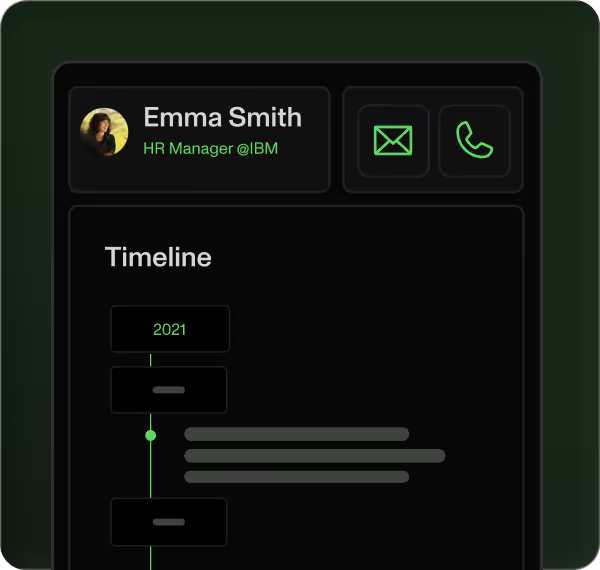
Table of contents
Placeholder Title
Table of contents
Placeholder Title
Placeholder Title
Download our full case study ebook!



